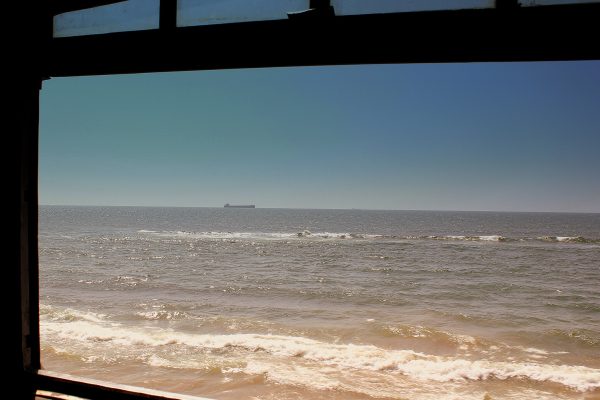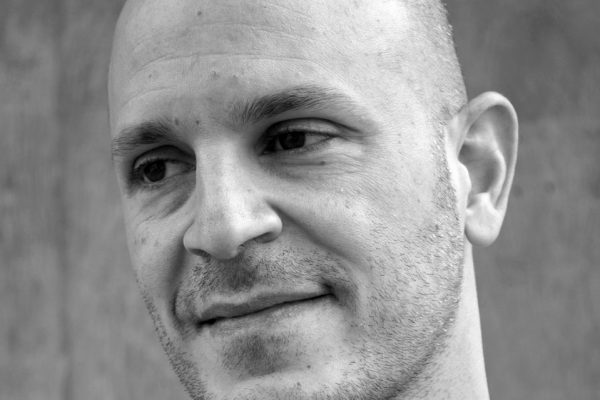The Yasusada saga raises so many questions, it’s difficult to know where to start. How could the editors who published Yasusada not see the “clues,” as Marjorie Perloff puts it, like the use of “scubadivers” in haiku allegedly written in 1925? They thought it a “creative” translation? Chose to overlook it–witnesses say the damnedest things? How could so many editors never ask for the original Japanese and a statement granting permission to the translators by Yasusada’s heirs? Isn’t this supposed to be standard literary practice? But most disturbing is this question–how could readers who celebrated Yasusada now wash their hands of the work?
I once knew a woman who claimed she was fighting cancer. Friends rallied and offered compassion and care: they helped teach her courses, clean her house, buy her groceries. Years later, it was discovered that the bouts of illness, visits to a clinic, loss of hair were all a hoax. Our emotions had been tricked from us. We felt cheated and angry. Is this what irate editors feel? That the creator(s) of Yasusada tricked them and secretly laugh at them? That they were sold a bill of goods?
Yet if the Yasusada work took our breath away, as Ron Silliman put it, and captured for us the Hiroshima holocaust better than the “real” witnesses seem to do, how is it possible it still doesn’t? Perhaps we need to change our approach to witnessing, to authenticity, and, most of all, to reading. The most fascinating and embarrassing truth the Yasusada “hoax” reveals is that we seem to be reading differently for writers we consider “victims” than for writers we consider “non-victims.” How can this not lead to hoax? I personally know some poets now submitting their work under “false” authorship, crossing gender and ethnic lines. They feel the hypocrisy of “authenticity” requires them to do so. We will see many more of these “hoaxes”: this double standard of reading, this obsession with authorship and authenticity, this calibrating of “real” witness/victim/ethnic member vs. fraud, is leading us down the path of ever diminishing returns.
Suppose though that Araki Yasusada was not simply a cover used to obtain publication, but essential to the very creation of the work itself. In “The Things They Carried,” Tim O’Brien writes about having to “make stuff up” in order to tell the truth about his experience in Vietnam. The reaction of many of my students when they come across this line is–Aha! Gotcha! They feel they can then dismiss everything O’Brien writes as (yes, some have used the word) a “hoax.” In rejecting the Yasusada writings, aren’t we doing the same thing? Aren’t we denying the power of the imagination and language and its ability to get at larger emotional truths? Isn’t this one of the reasons we supposedly write and read and value writing?
We can now chase our tails over the true identity of one Tosa Motokiyu in hopes this will wrestle some “authenticity” back to the Yasusada writings. But in doing so we will lose sight of the work itself, which would be the biggest blunder yet. Having edited the volume Atomic Ghost: Poets Respond to the Nuclear Age and read a great deal of poetry on Hiroshima, both by hibakusha and non-hibakusha, I find Yasusada’s “Mad Daughter and Big-Bang” simply one of the most moving and revealing poems ever written on the effects of the Bomb. If we ignore such writing, future readers may judge the real fraud not Yasusada, but us.







